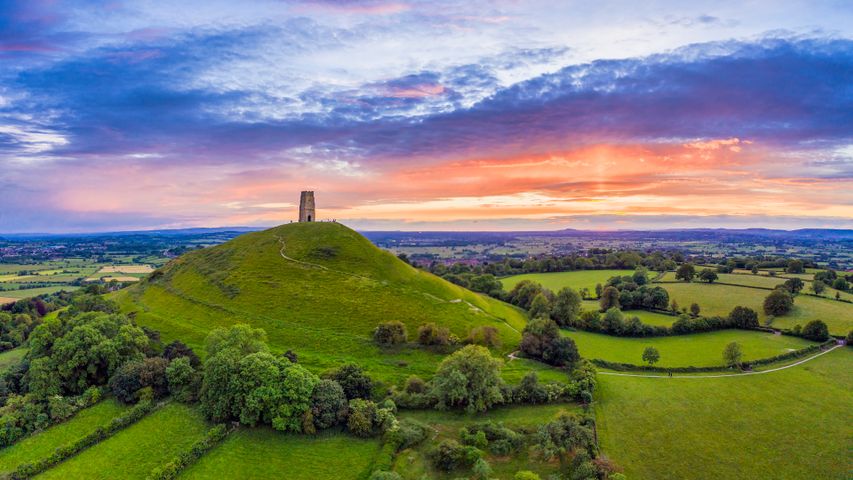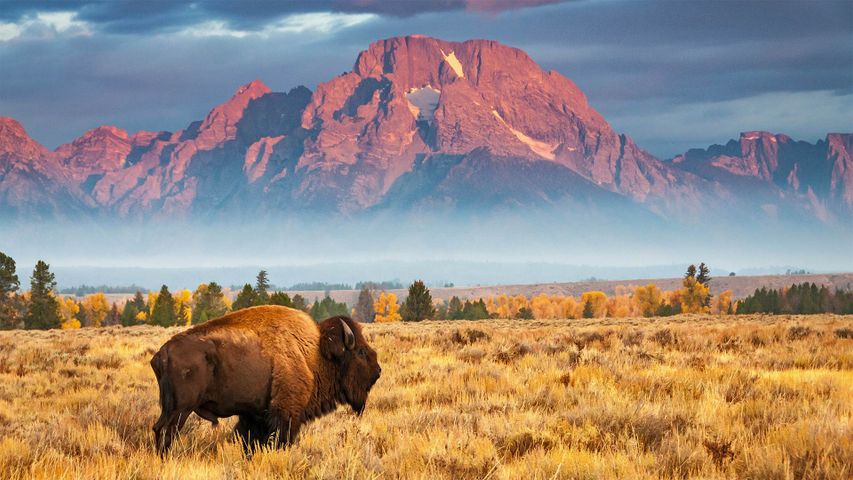Lunar eclipse above Mount Crested Butte, Colorado
© Mengzhonghua Photography/Getty Image
Blood moon. Lunar eclipse
If you missed the first full lunar eclipse of the year back in May, you’ll get another chance tomorrow (Nov 8) as the second blood moon (as lunar eclipses are often called) of 2022 takes to the sky over the Pacific region. Tomorrow’s display can be seen from Asia, Australia, North America, and parts of northern Europe and South America. If you’re lucky enough to find yourself under a clear sky, the view might look something like this image, taken over Mount Crested Butte, Colorado, during the lunar eclipse of September 27, 2015.
A lunar eclipse is a happy accident of the solar system and is possible because of the relative sizes of and distances between the sun, Earth, and moon. Every couple of years on average, the Earth casts a perfect shadow on the moon, causing a full lunar eclipse. During a full solar eclipse, the moon casts a perfect shadow on the Earth. While not as rare, and perhaps not quite as dramatic as a solar eclipse, lunar eclipses have plenty of upsides. For one, you can safely look at them without doing any harm to your eyes. They last for hours, while solar eclipses last minutes. And a lunar eclipse is visible from a much larger portion of the planet – in fact, the eclipsed moon can be seen at the time of the eclipse wherever the moon is above the horizon.

 Descending the Col du Tourmalet in the French Pyrenees during the 2021 Tour de France
Descending the Col du Tourmalet in the French Pyrenees during the 2021 Tour de France
 St. Michael's Church Tower on Glastonbury Tor, Glastonbury, Somerset, England
St. Michael's Church Tower on Glastonbury Tor, Glastonbury, Somerset, England
 Aerial view of Everglades National Park, Florida, United States
Aerial view of Everglades National Park, Florida, United States
 Mount Hamilton, San Francisco Bay Area, California, United States
Mount Hamilton, San Francisco Bay Area, California, United States
 Torres del Paine National Park, Patagonia, Chile
Torres del Paine National Park, Patagonia, Chile
 Superbloom in Carrizo Plain National Monument, California, United States
Superbloom in Carrizo Plain National Monument, California, United States
 Sunrise at the summit of Kedarkantha
Sunrise at the summit of Kedarkantha
 Giant's Tomb in autumn, Bouillon, Belgium
Giant's Tomb in autumn, Bouillon, Belgium




